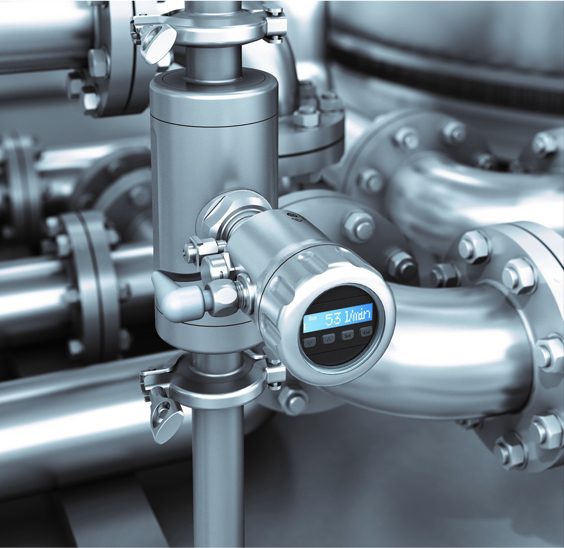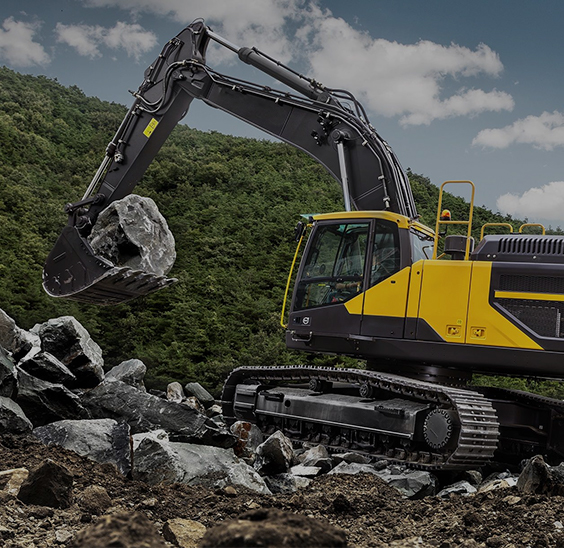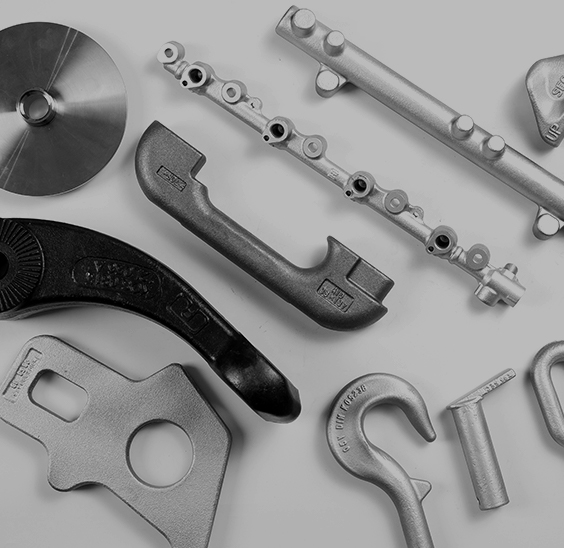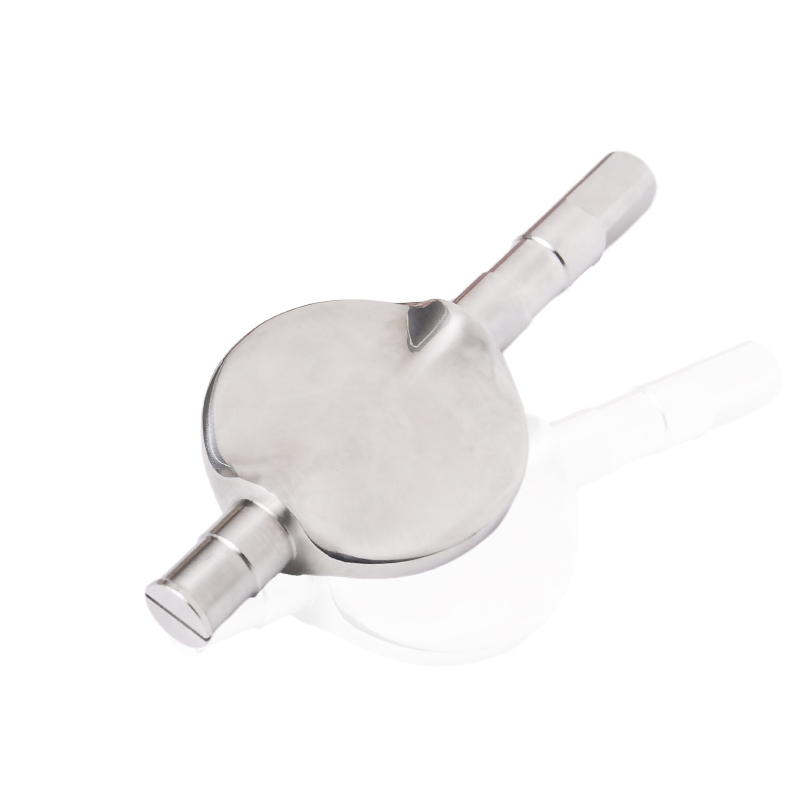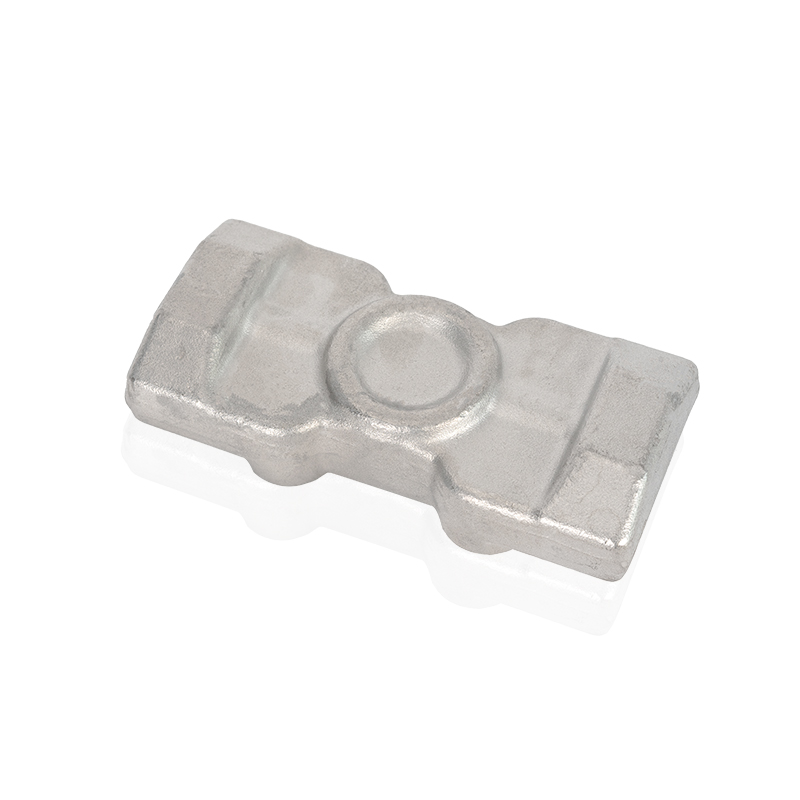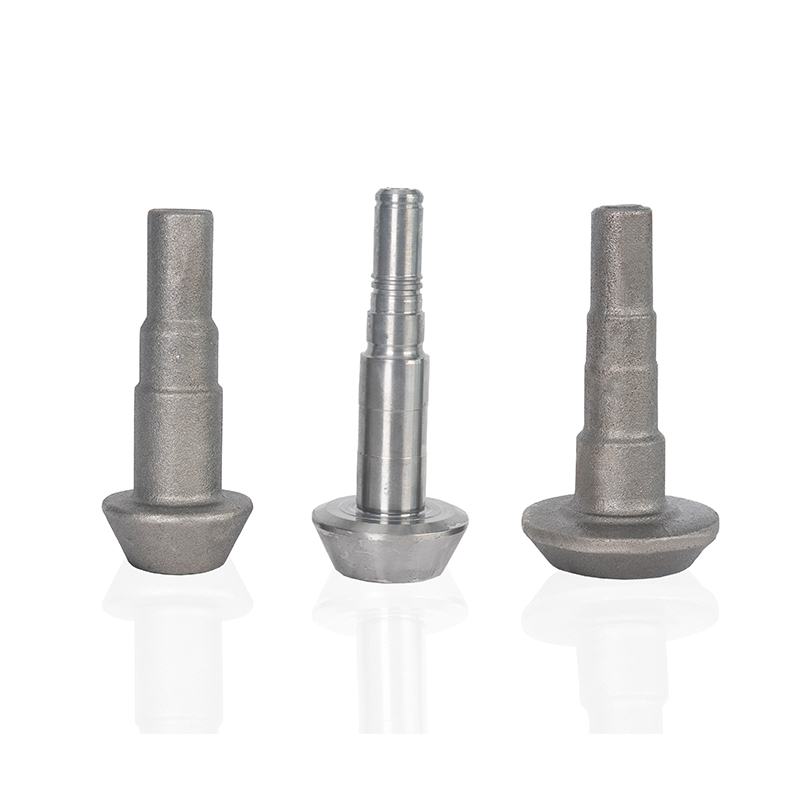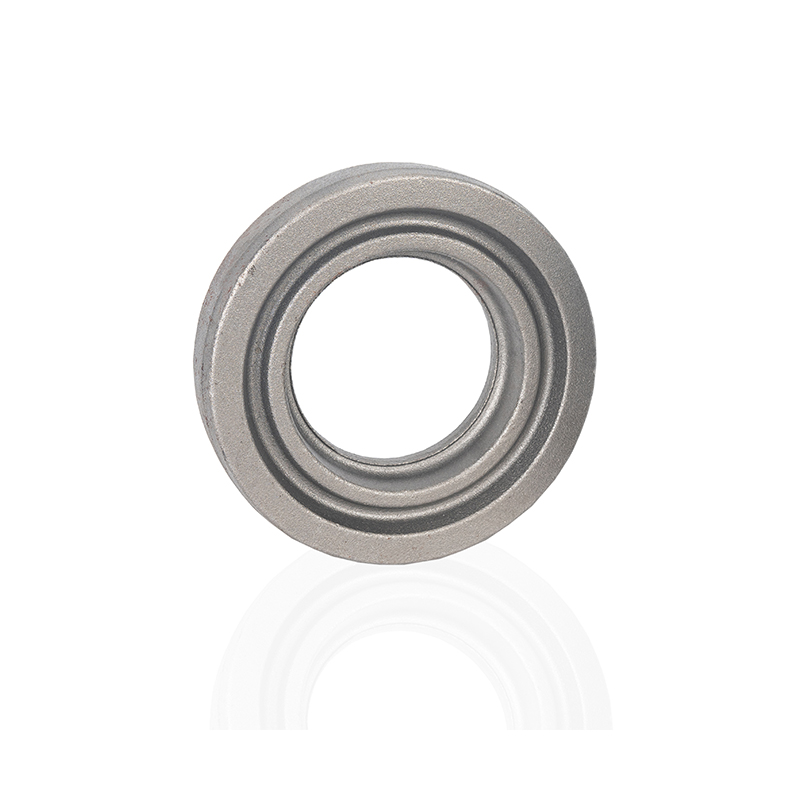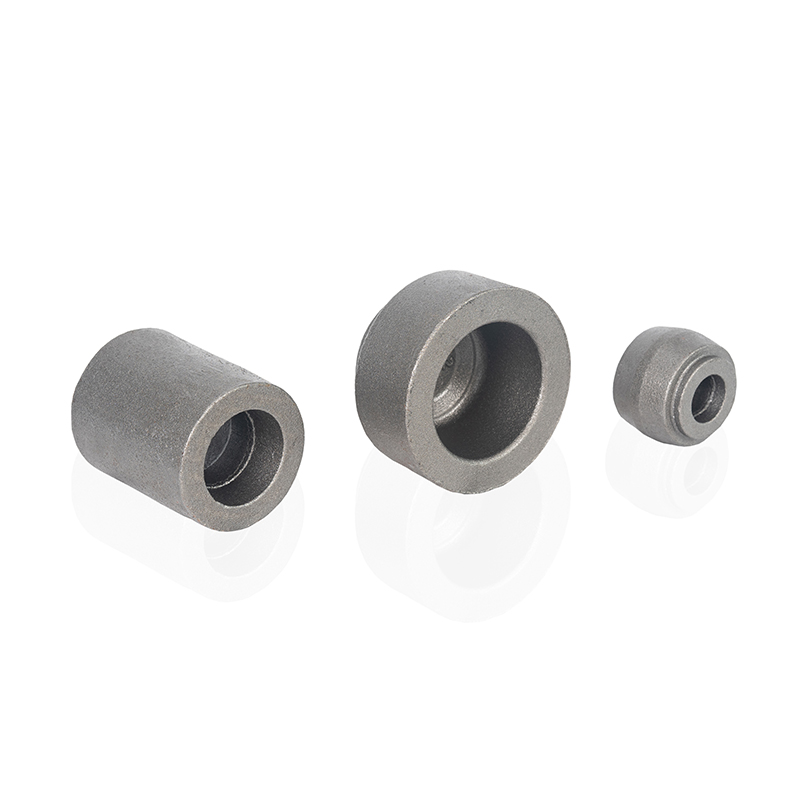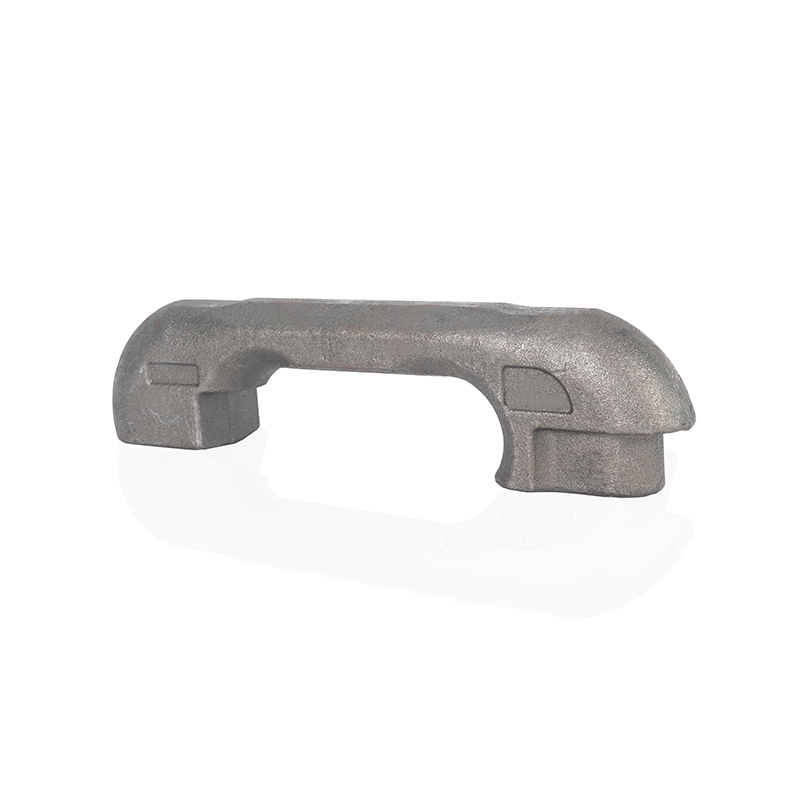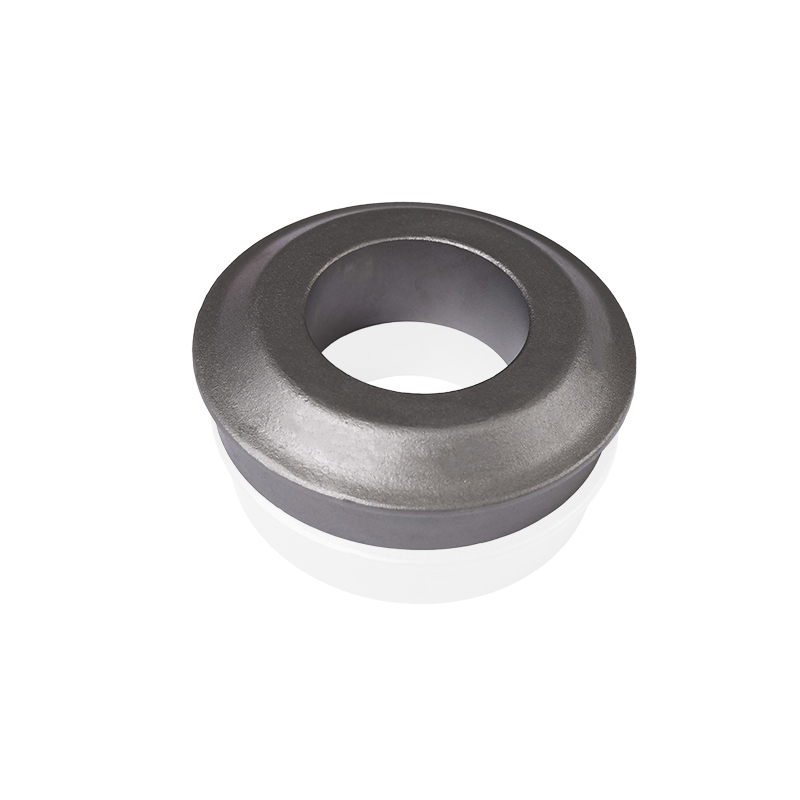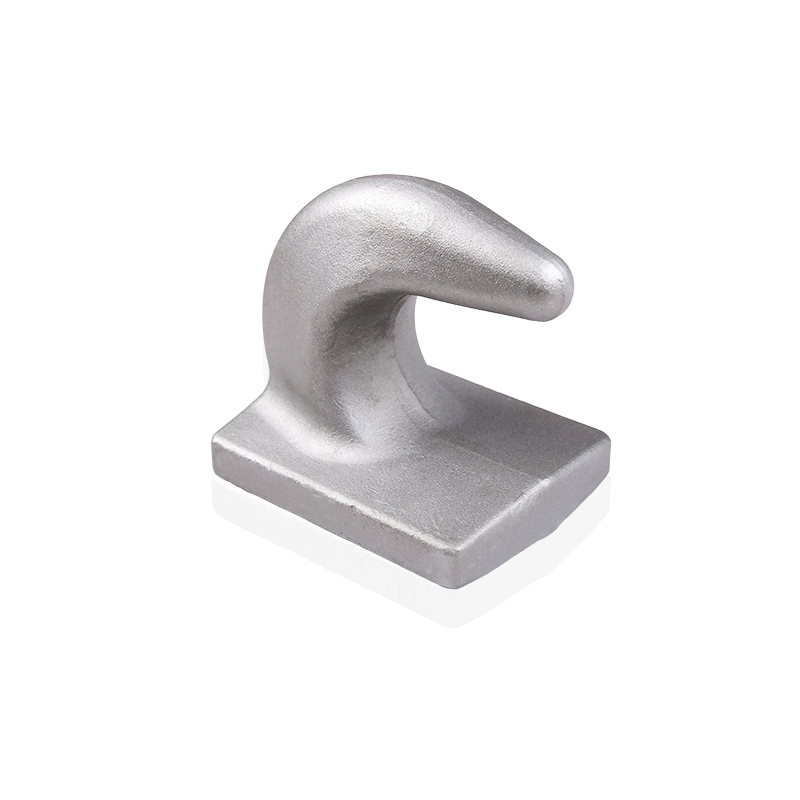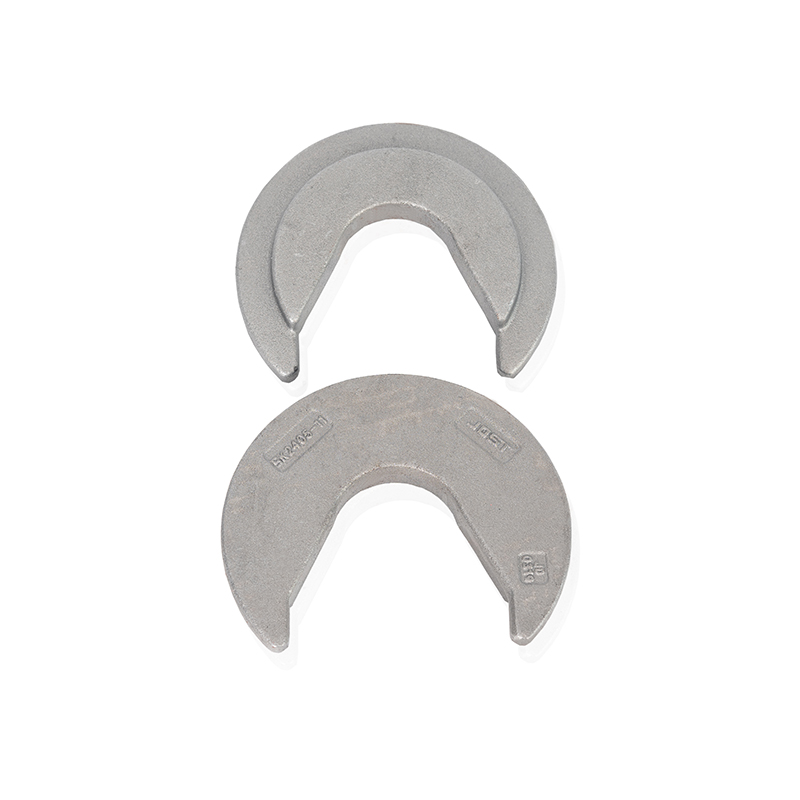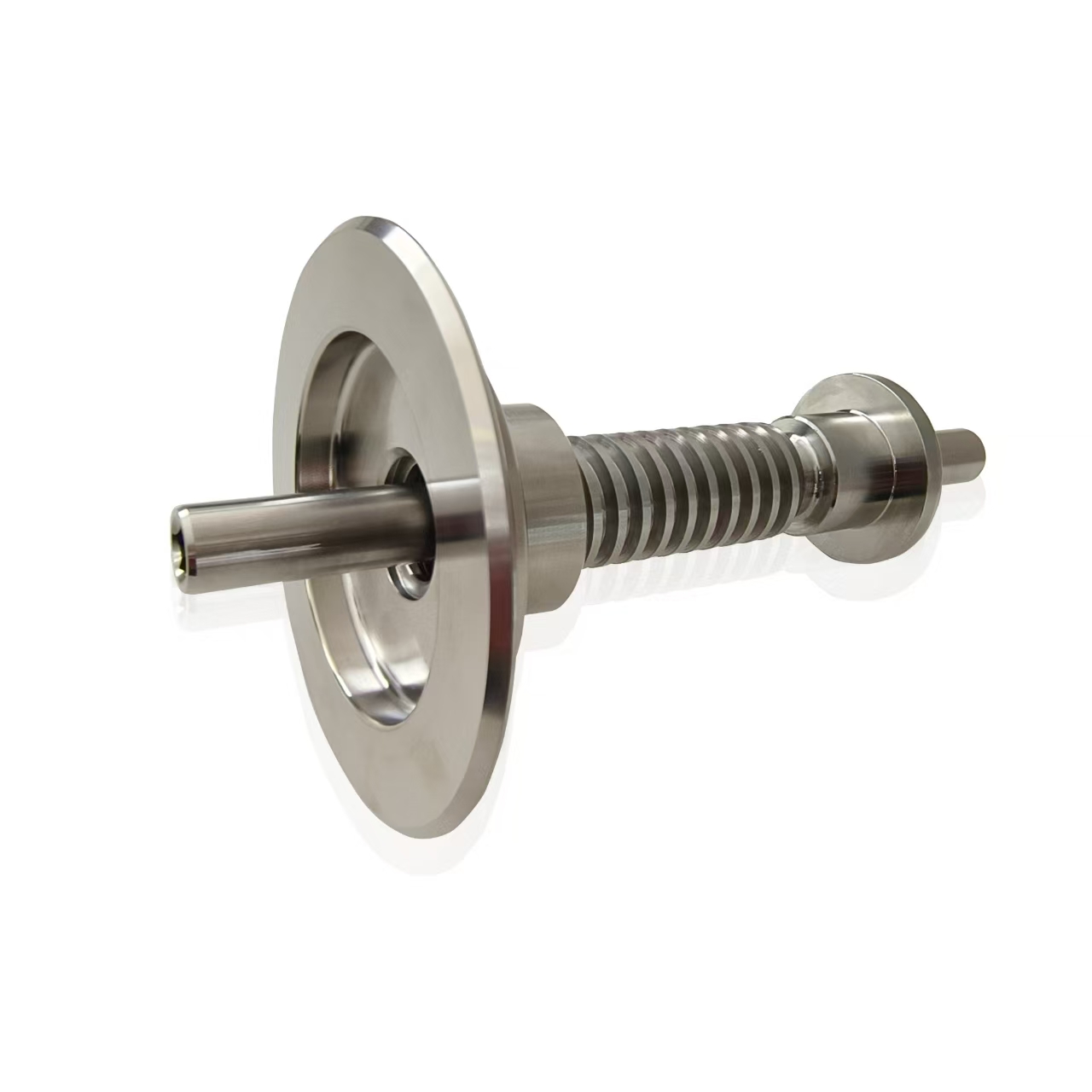Advanced Thermal Mass Flow Meter Diverter for Precision Fluid Measurement and Diversion
 2025.08.07
2025.08.07
 Industry news
Industry news
Introduction
Mass flow meters are essential instruments in industries where accurate measurement of fluid flow is critical. They are particularly indispensable in systems that require precise control over fluid or gas flow for process optimization, analysis, and monitoring. Among the various types of mass flow meters, thermal mass flow meters stand out due to their unique ability to measure the mass flow rate directly, independent of fluid pressure or temperature variations. In applications where flow diversion and measurement are needed simultaneously, Thermal Mass Flow Meter Diverters offer a solution that integrates these two functions into a single, highly efficient system. This article delves deep into the workings, advantages, and applications of advanced thermal mass flow meter diverters.
The Working Principle of Thermal Mass Flow Meters
Thermal mass flow meters operate based on the principle of heat transfer. They are designed to measure the mass flow rate of gases or liquids by detecting changes in temperature caused by the heat imparted to the fluid. These meters consist of a temperature sensor and a heating element placed in the flow path of the fluid.
When a fluid flows through the device, the heating element raises the temperature of the fluid locally. The temperature gradient between the heating element and the sensor is then measured. The amount of heat carried away by the fluid is directly proportional to the mass flow rate. Since the heat carried by the fluid is linked to its mass, the sensor can provide an accurate measurement of the mass flow rate, regardless of changes in the fluid's temperature or pressure.
The Diverter: A Key Addition for Flexibility and Efficiency
The addition of a diverter in a thermal mass flow meter system allows for even greater flexibility in fluid management. The mass flow meter diverter integrates two channels, each with its own heating element, sensor, and diverter valve. This setup allows the system to not only measure flow but also redirect the fluid to different processing streams as required.
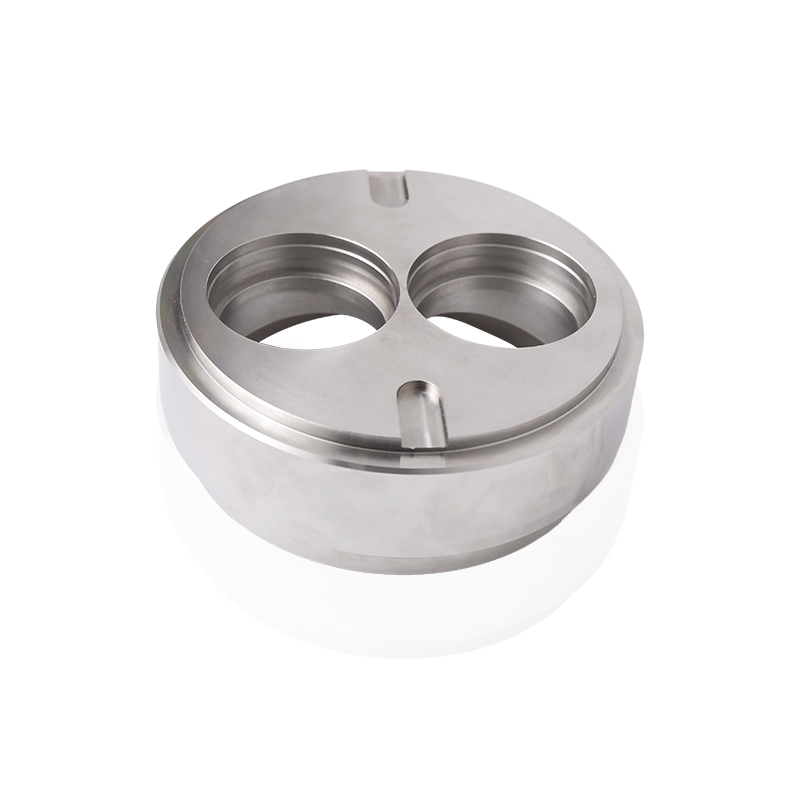
The diverter valve can direct the fluid to one or both channels depending on the application. For example, in chemical processing, one channel could be used to divert a sample of the fluid for analysis, while the other continues with the primary flow for further processing. This dual-channel functionality makes the mass flow meter diverter a versatile tool for systems that require real-time measurement and the diversion of fluids for multiple purposes.
Key Components of a Mass Flow Meter Diverter
Temperature Sensor: The heart of the measurement system, the temperature sensor detects the change in temperature due to the heat imparted by the heating element.
Heating Element: A critical component that heats the fluid passing through the meter. The rate at which the heat is carried away by the fluid correlates to the flow rate.
Diverter Valve: This valve enables the diversion of fluid between the two channels, offering flexibility in fluid management. It can be automated to respond to specific flow conditions or manually controlled depending on the application.
Dual-Channel Setup: The two separate channels, each with their own heating element, sensor, and diverter valve, enable the system to both measure the flow rate and redirect part of the flow to different processing or analytical streams.
Controller/Flow Processor: The controller ensures the accuracy and efficiency of the system by processing sensor data and controlling the diverter valves based on predefined conditions or user inputs.
Applications of Mass Flow Meter Diverters
Chemical Processing: In chemical plants, it's common to divert a sample of the fluid stream for real-time analysis or testing while continuing to process the main flow. The mass flow meter diverter allows operators to streamline this process, saving time and resources by eliminating the need for separate sampling systems.
Oil and Gas: In the oil and gas industry, accurate flow measurement is essential for monitoring production, maintaining safety, and ensuring regulatory compliance. The thermal mass flow meter diverter can manage the flow of oil or gas to different parts of the system while simultaneously measuring the mass flow rate.
HVAC Systems: Thermal mass flow meters are frequently used in heating, ventilation, and air conditioning (HVAC) systems to monitor airflow and ensure system efficiency. A mass flow meter diverter can be used to divert air or gas to different sections of the system while maintaining continuous measurement.
Food and Beverage Industry: Accurate flow measurement is critical in food and beverage production, particularly when dealing with liquids like juices, oils, and alcohol. Mass flow meter diverters help manage the flow of ingredients to multiple production lines while measuring the flow for consistency and quality control.
Environmental Monitoring: In environmental monitoring, such as emissions testing, it's important to measure the flow of gases from various points in a system. A mass flow meter diverter can help redirect gas flow to testing equipment while maintaining accurate flow measurements for compliance.
Advantages of Using Mass Flow Meter Diverters
Accuracy and Reliability: By directly measuring mass flow rate, thermal mass flow meters eliminate the need for corrections due to temperature and pressure fluctuations. This provides a high level of accuracy and reliability, essential in industries where precise measurement is critical.
Simultaneous Measurement and Diversion: The unique ability of the diverter to measure and divert fluid flow at the same time offers operational efficiencies. Industries that require continuous flow monitoring and real-time analysis can benefit from this dual functionality.
Reduced Waste: In many industrial processes, diverting a small portion of the flow for analysis or other uses minimizes waste. This diversion helps conserve resources, improve efficiency, and reduce costs by ensuring that fluid is only diverted when necessary.
Flexibility and Process Optimization: The ability to control the flow path dynamically via the diverter valve allows for better optimization of processes. This flexibility can be used to adjust to varying flow rates, different operational requirements, or changing environmental conditions.
Compact and Cost-Effective: By combining flow measurement and diversion into a single system, thermal mass flow meter diverters help minimize the need for multiple devices. This reduces both equipment costs and space requirements in the system layout.
Challenges and Considerations
System Complexity: The addition of diverter valves, dual channels, and control systems can introduce complexity into the overall flow measurement system. This may require specialized maintenance and a higher initial investment.
Flow Characteristics: The accuracy of the thermal mass flow meter diverter can be affected by the nature of the fluid. For instance, highly viscous fluids or those with suspended particulates might pose challenges in terms of heat transfer efficiency, potentially requiring additional calibration or modifications.
Temperature Sensitivity: Although thermal mass flow meters are designed to handle temperature variations, extreme or highly fluctuating temperatures may still impact measurement accuracy. Ensuring the system operates within the specified temperature ranges is essential for maintaining optimal performance.
Calibration: Regular calibration of both the temperature sensors and heating elements is essential to ensure long-term accuracy. Calibration procedures must be carefully managed, especially in industries with stringent regulatory requirements.
Conclusion
The advanced thermal mass flow meter diverter is a game-changer for industries that require not only precise fluid flow measurement but also the ability to simultaneously divert fluid for analysis, processing, or other purposes. Its ability to combine both functions into one system improves efficiency, reduces waste, and enhances overall system performance. While there are challenges to consider, particularly around system complexity and fluid characteristics, the advantages in terms of accuracy, flexibility, and cost-effectiveness make this technology a powerful tool for optimizing industrial processes across a wide range of applications.
In an era where efficiency and resource optimization are paramount, the thermal mass flow meter diverter stands as an essential innovation for the modern industrial landscape



